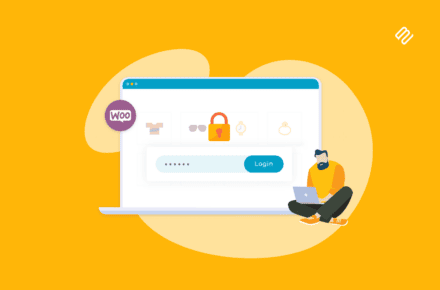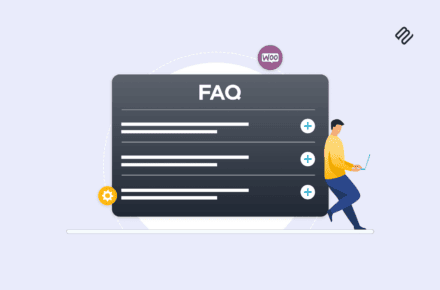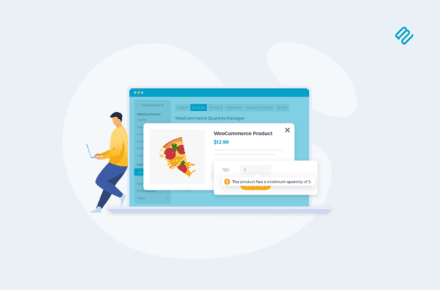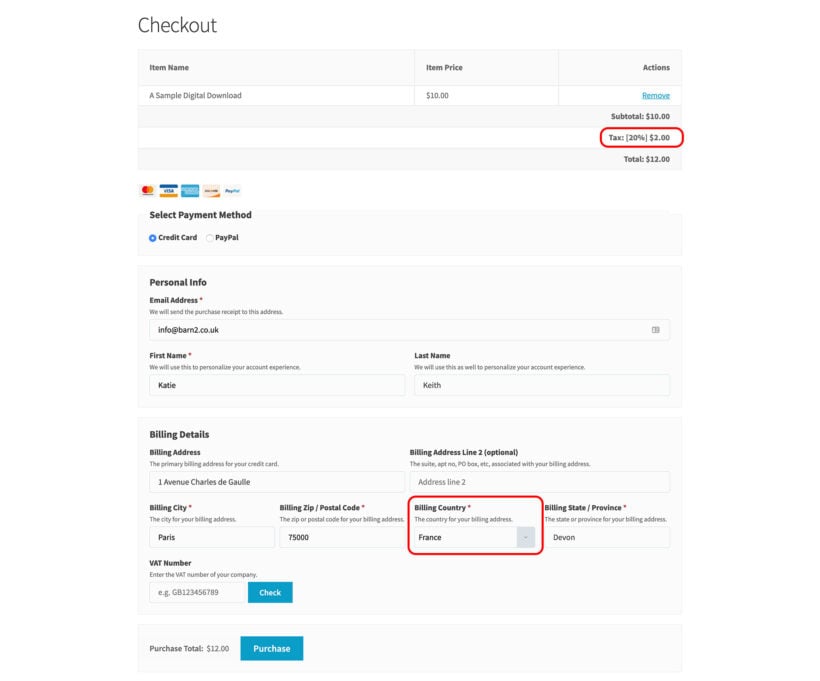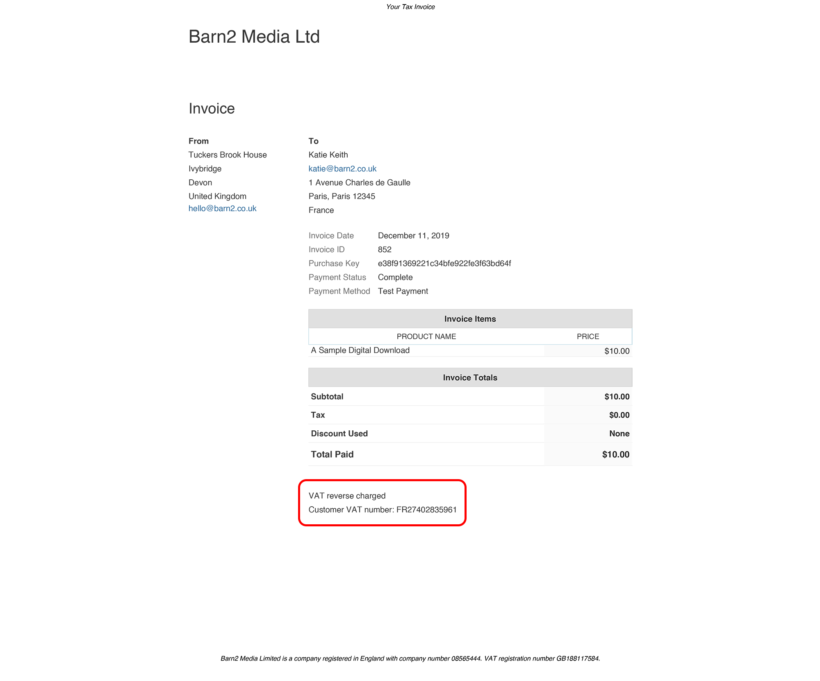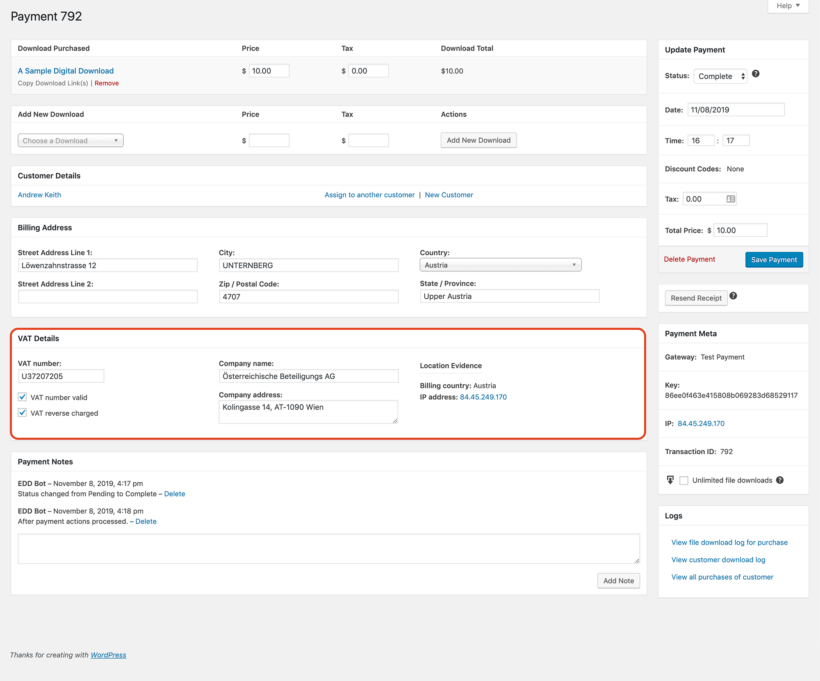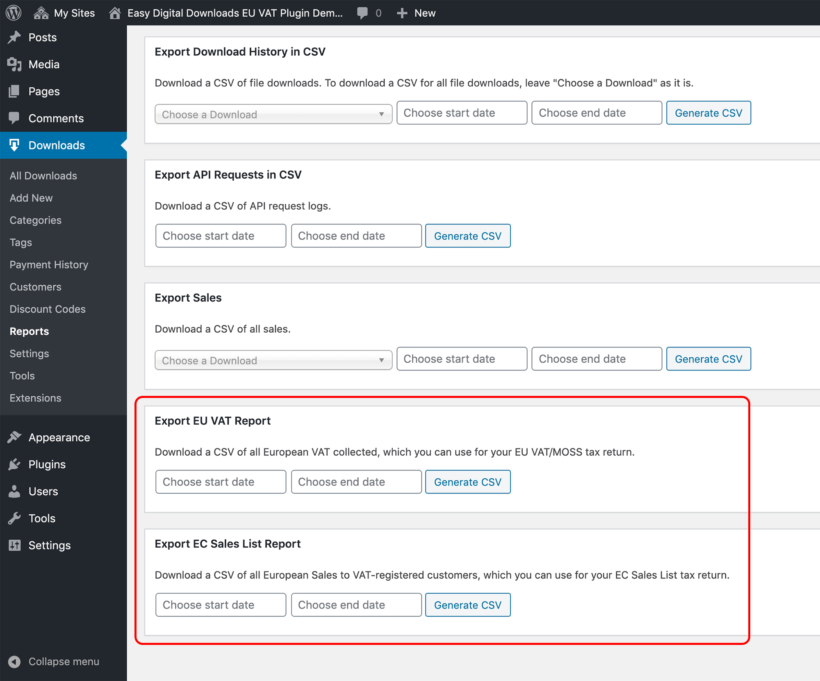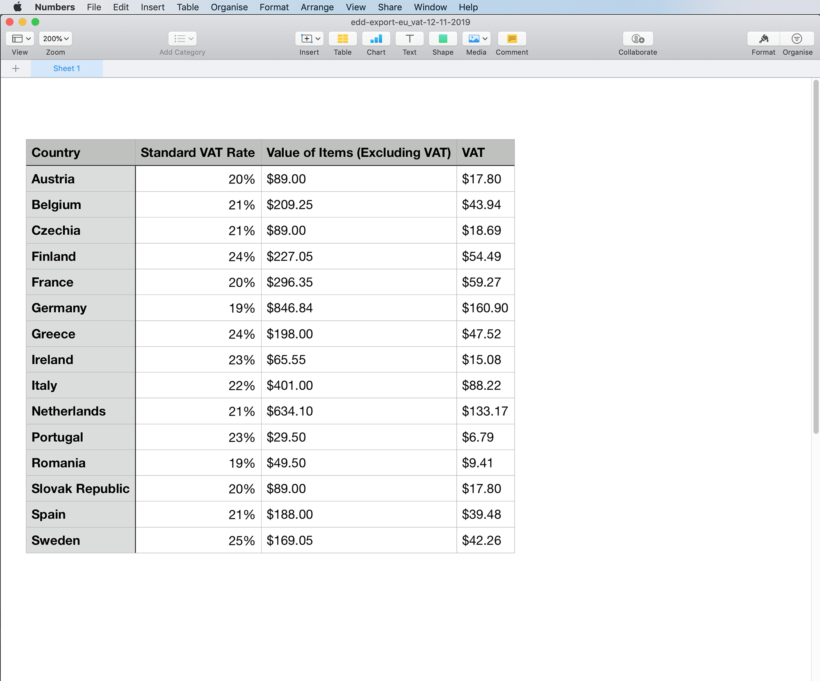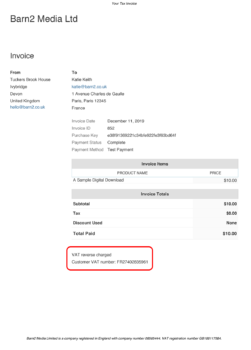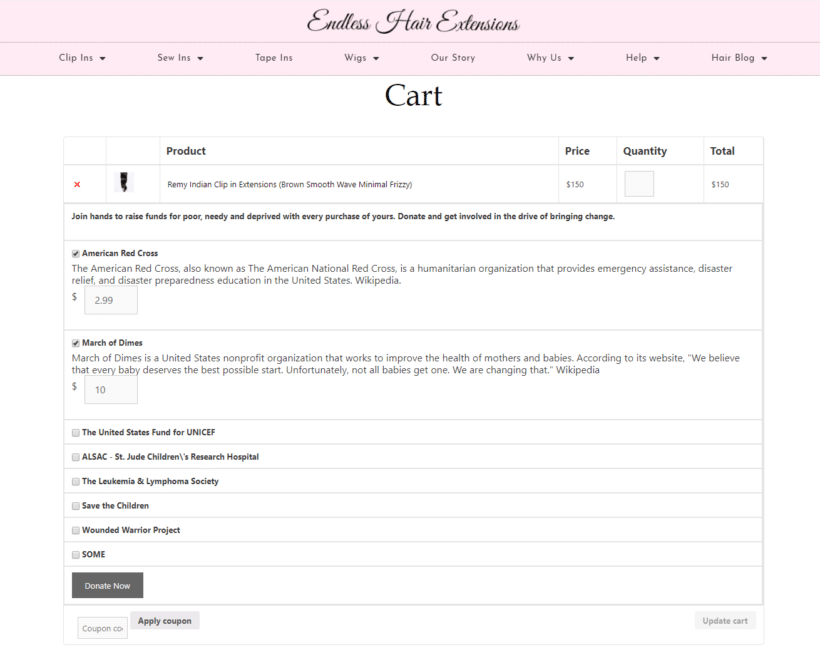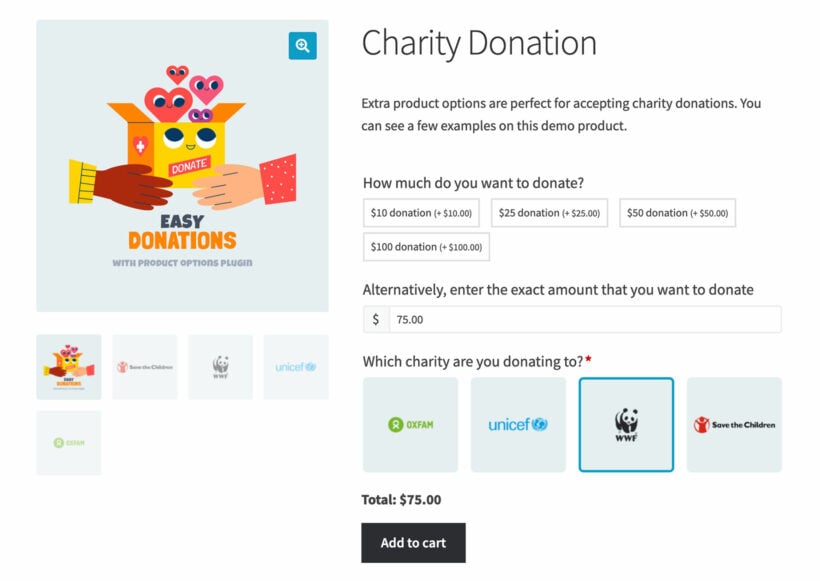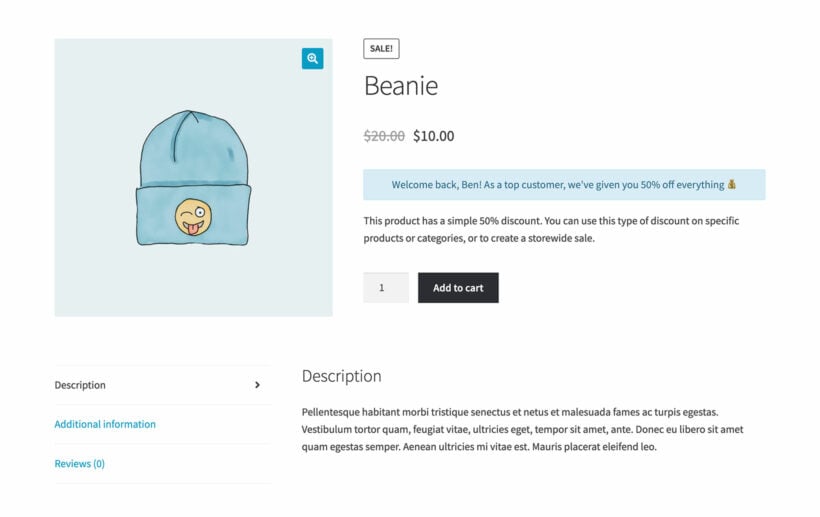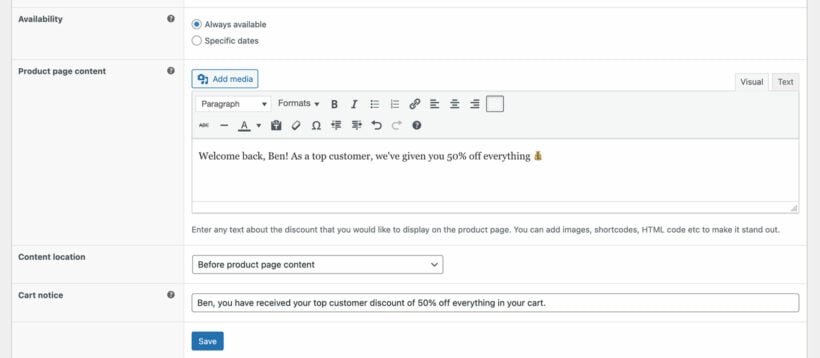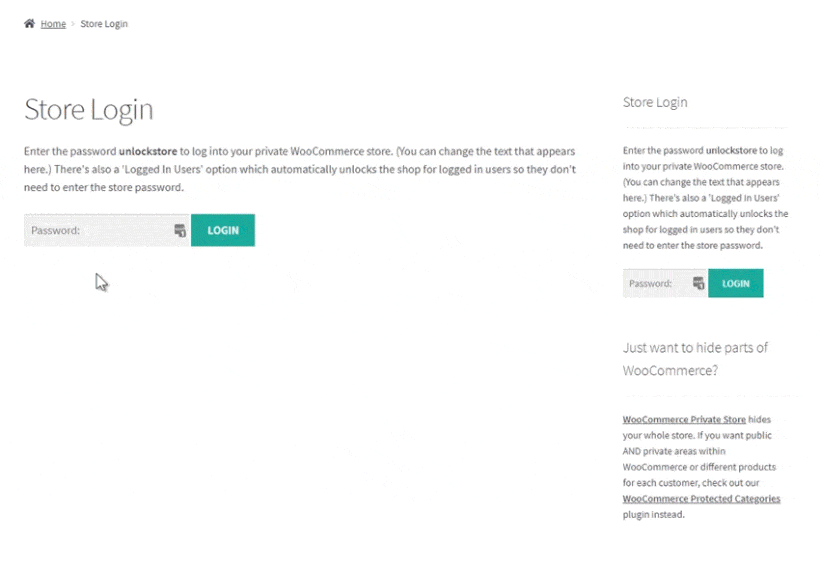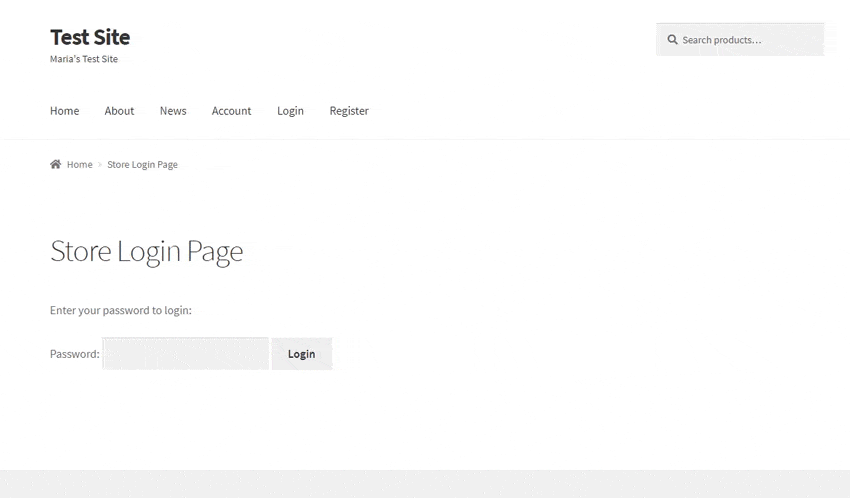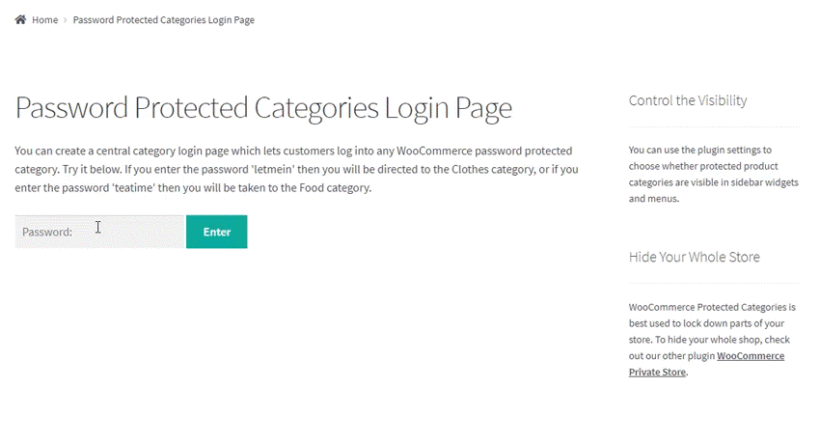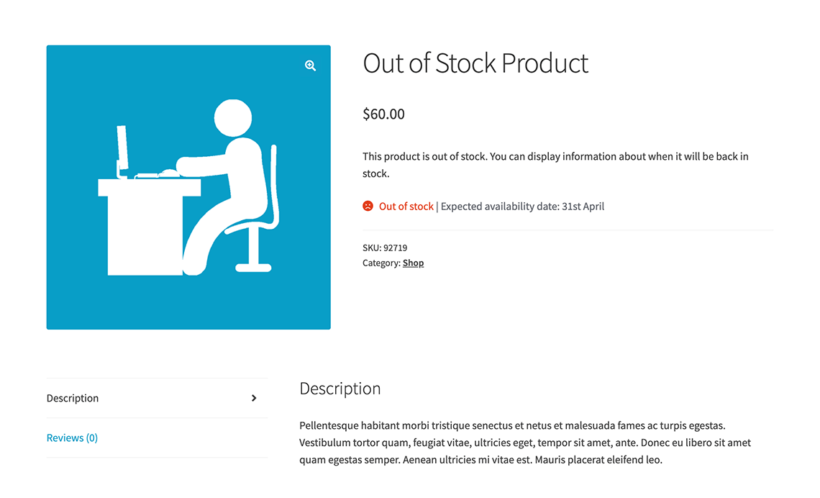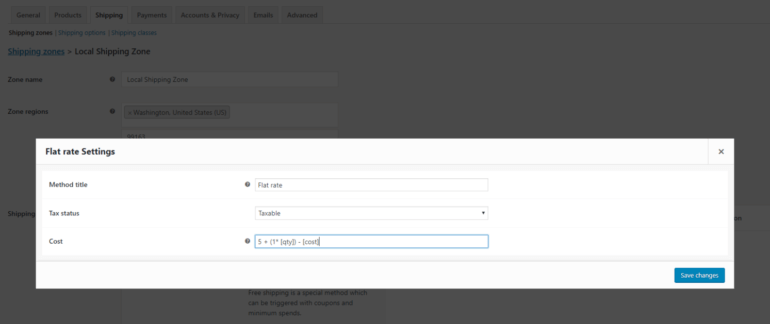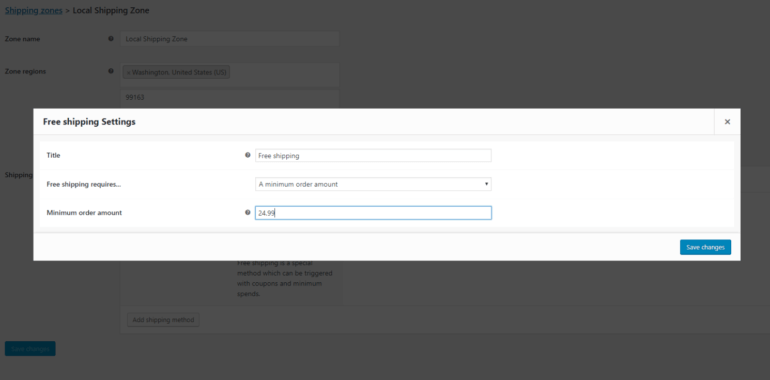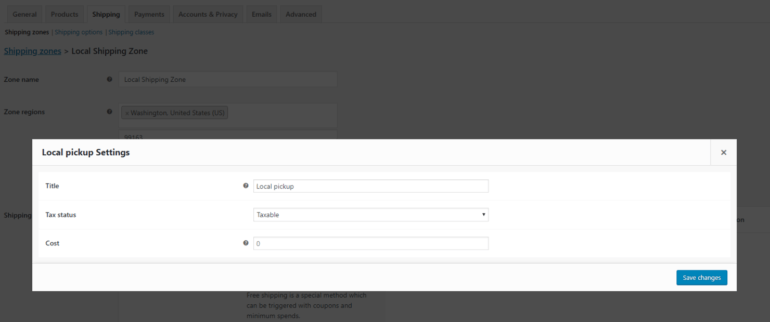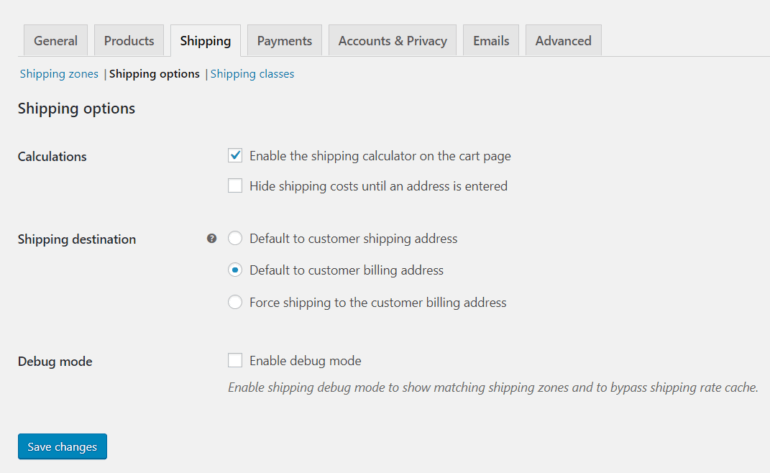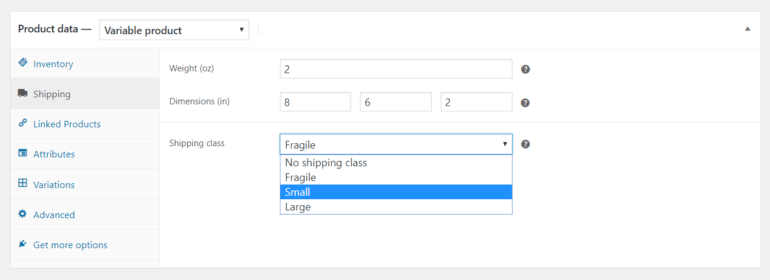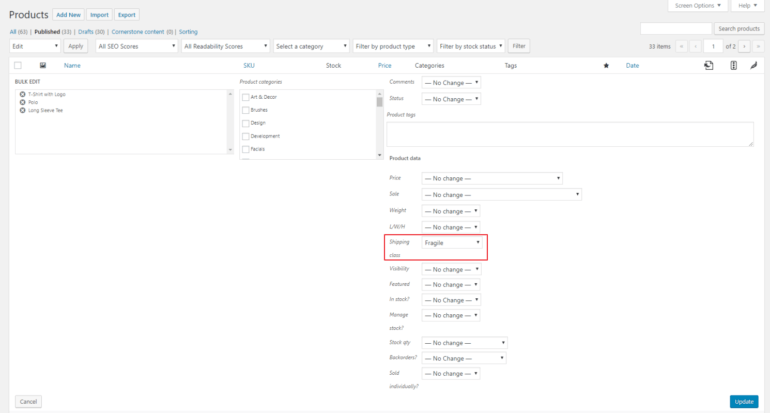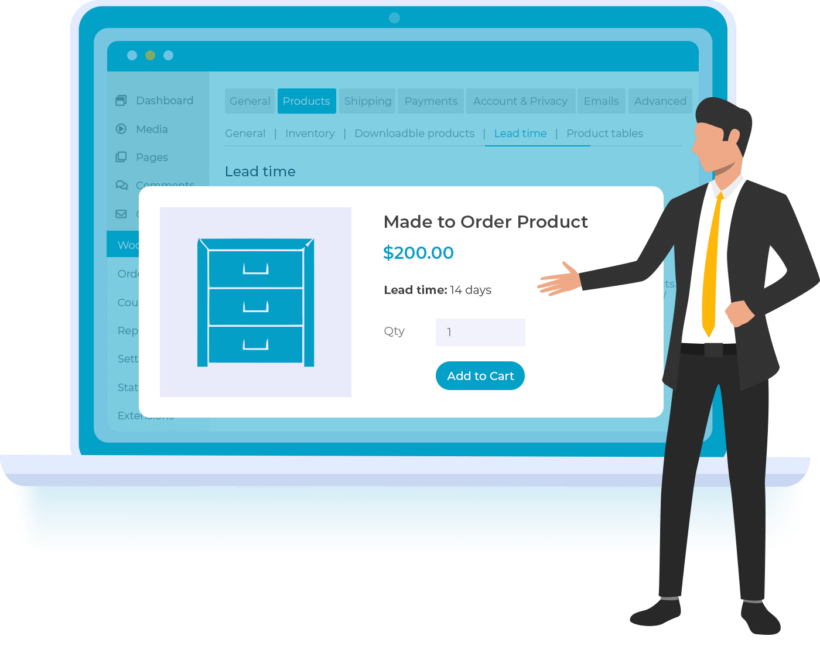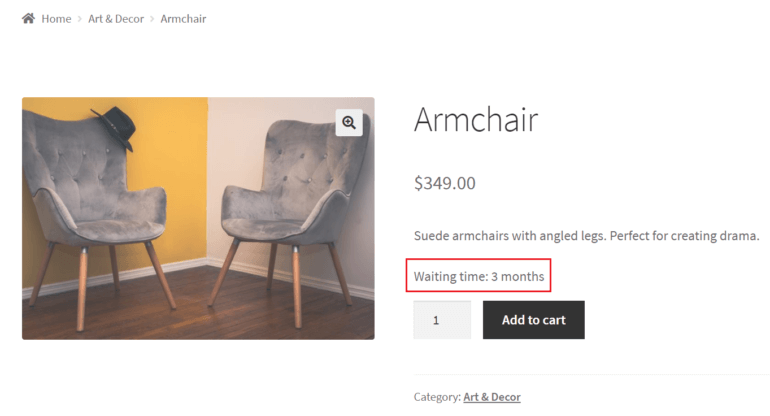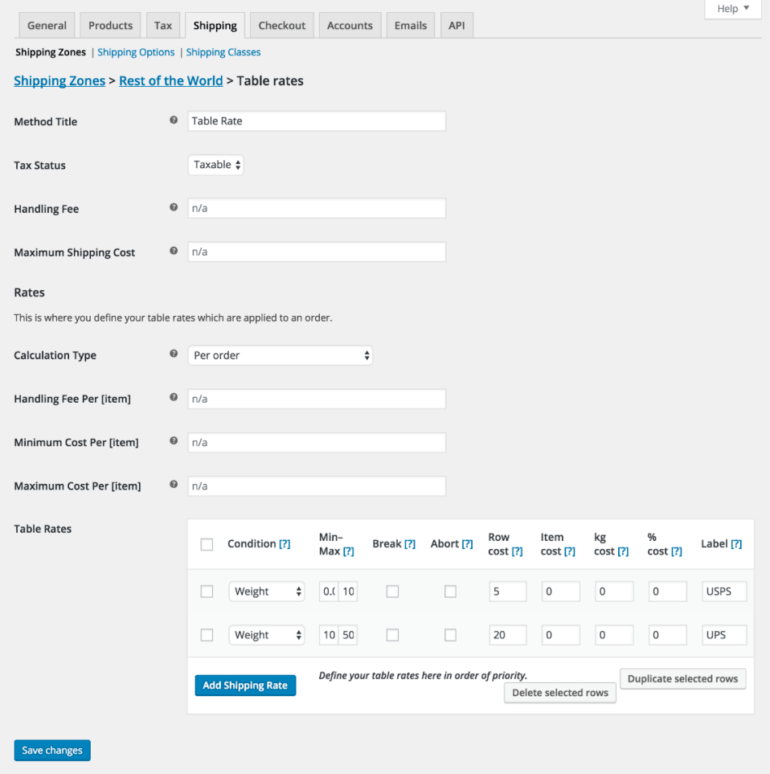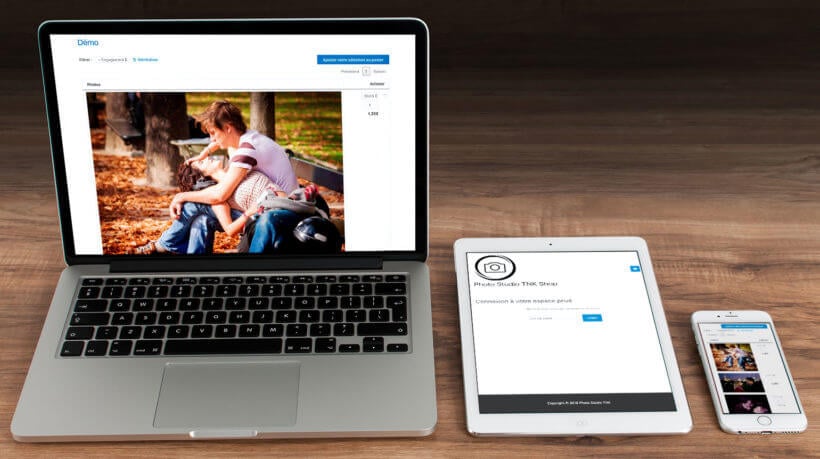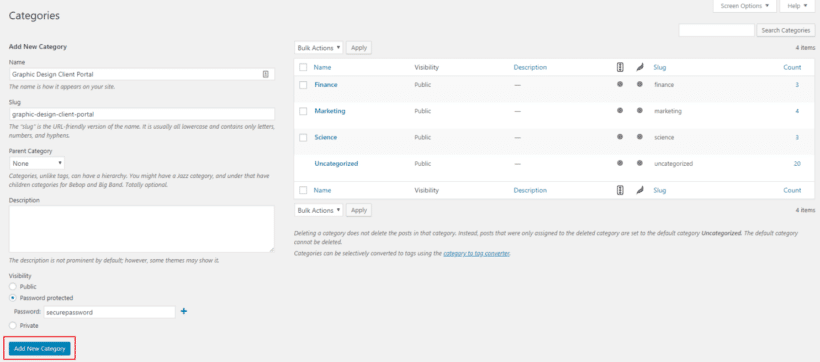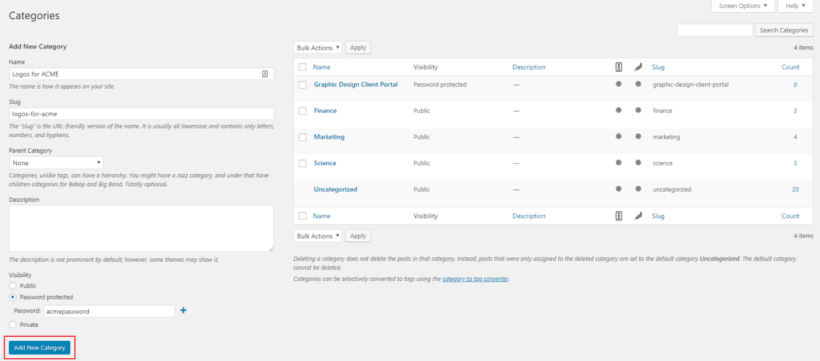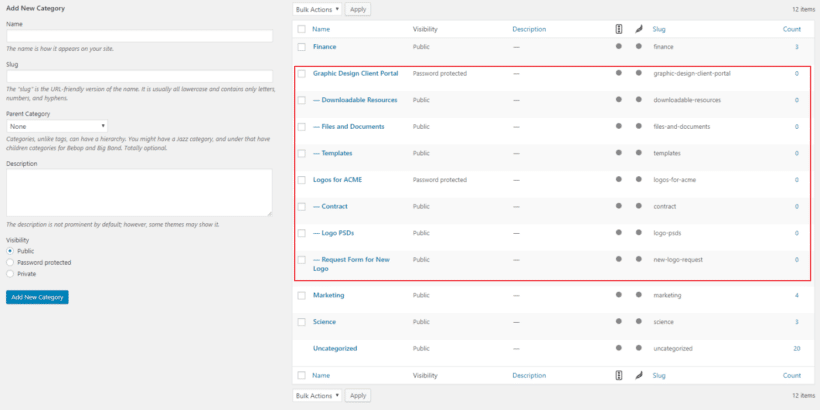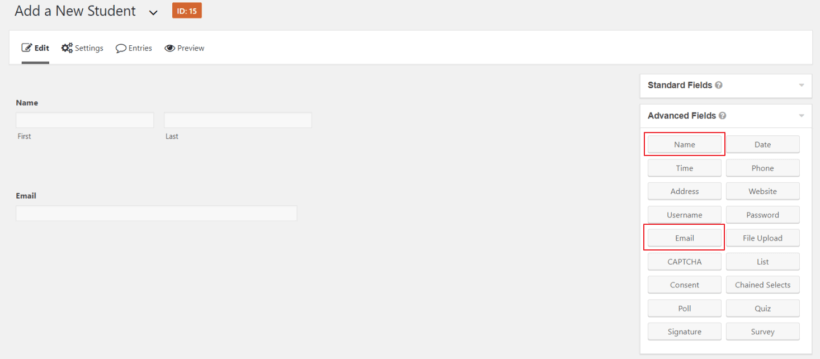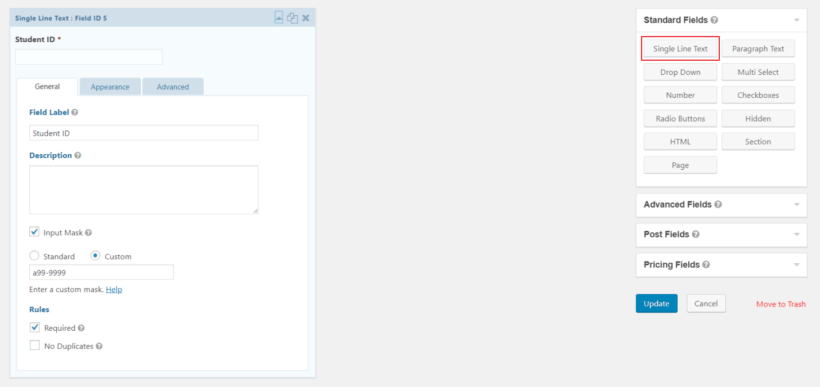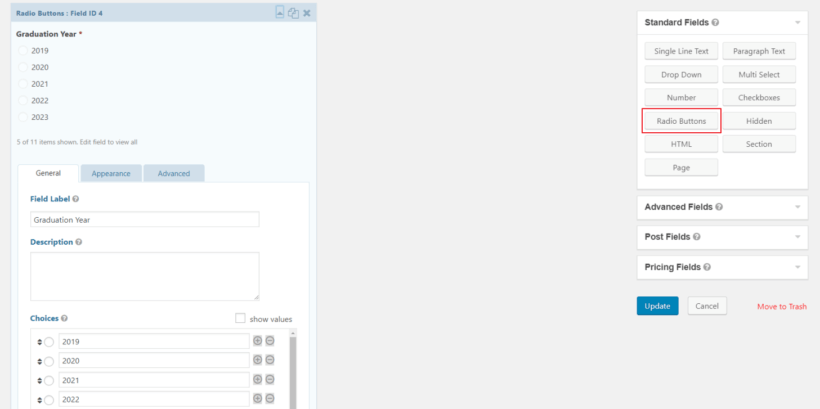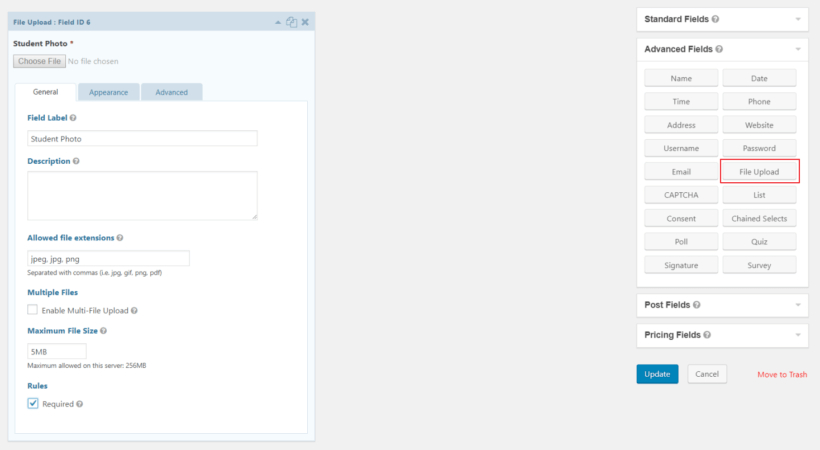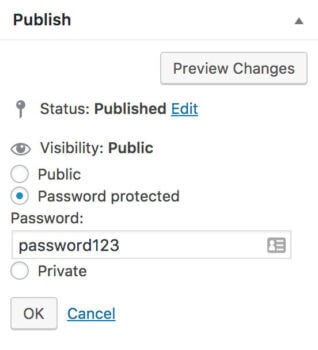
Did you know that if you use Easy Digital Downloads to sell to EU customers, then you must meet EU VAT rules - even if you're not based in the EU. And you can't comply with EU law using the tax settings that come with EDD - you need a separate plugin for that.
In this complete guide to EU VAT for EDD stores, I'll explain the legislation and the easy way for you to comply. I'll provide full step-by-step instructions on how any Easy Digital Downloads store can meet EU VAT law. And the good news is, it's surprisingly easy!
What is the EU VAT law and how does it affect my Easy Digital Downloads store?
Ask yourself these questions:
- Do you have an e-commerce website that sells digital products?
- Do you accept cross-border sales from EU countries?
- (EU-based businesses only) Is your combined annual revenue from all EU countries more than €10,000?
If you've answered 'Yes' to all these questions, keep reading because you're legally required to meet EU VAT law in your Easy Digital Downloads store.
What is EU VAT and who has to collect it?
European Union value added tax (more commonly known as EU VAT, or IVA in certain countries) is a tax that is added onto goods and services that are sold within the EU. It is paid by the customer when they make the purchase. The seller is responsible for collecting the tax and paying it to the correct authorities.
The law changed on 1st January 2015, forcing companies worldwide - including those outside of the EU - to handle EU VAT:
- Before 1st January 2015 - If a company sells digital products to a consumer in an EU country, then the "place of supply" was the country where the seller is based - not the consumer.
- After 1st January 2015 - If a company sells digital products to a consumer in an EU country, then the "place of supply" was the country where the consumer is based - not the seller.
As a result, the new law forces all sellers of digital products to collect and handle VAT at the consumers' local rate. So if you're outside Germany and sell a computer game to a consumer in Germany, then you need to charge German VAT to that consumer and pay it to the German tax authorities.
I know it sounds crazy that a company in - for example - America has to collect German VAT. However, that's the law.
Quaderno explain it very nicely in their guide.
Are B2B sales subject to EU VAT?
You only need to charge EU VAT when selling to consumers in EU countries. It's not required for business-to-business (B2B) transactions.
When an EU business with a valid VAT number buys from you, the VAT can be zero-rated - i.e. you don't have to charge them VAT.
However, you can't just take their word for it that they're a business. You actually need to validate their VAT number to confirm that they're a VAT-registered company, and store this information so that you can prove it later. Or if they're a small business without a VAT number, then you need to request and store some other sort of proof (e.g. a link to the customer’s business website or other commercial documents).
Even if you see yourself a a B2B supplier, in practice you probably sell to some EU customers who don't have a VAT number. As a result, your Easy Digital Downloads store must be able to handle EU VAT. Keep reading to learn how.
What about UK VAT?
The UK has now left the EU, but they have adopted the same legislation into UK law. This means that if you sell digital products to consumers in the UK then you must charge them UK VAT, wherever your company is based.
The Easy Digital Downloads EU VAT plugin fully supports UK VAT, which makes things easy for you. You can learn more about UK VAT here.
What are my legal obligations?

Here's a summary of your legal obligations - whether or not your company is based in the UK:
- Register for EU VAT You must register for a EU VAT number so that you can submit the quarterly tax returns and make payments.
- Collect EU VAT Your Easy Digital Downloads store must check whether each EU sale is B2B or B2C, and charge the customer's local rate of EU VAT for B2C sales; and zero rate the VAT for B2B sales.
- Provide valid VAT receipts Provide your customers with VAT invoices containing:
- Your business’ name and address.
- Your business’ VAT number.
- Invoice date.
- Invoice number.
- Buyer’s name and address.
- Buyer’s VAT number.
- Rate of VAT applied. For reverse charged B2B sales, you should include the text "EU VAT reverse charged".
- Amount of VAT charged.
- Total price including VAT.
- Store the invoices for 5 years.
- Store evidence about your customers' location
- You must store 2 pieces of evidence (or 1 piece of third party evidence for EU companies with under €100,000/year in cross-border sales of digital goods to the EU) to confirm the customer's location. While EU legislation lists various acceptable forms of evidence, the most realistic for an Easy Digital Downloads store are the customer's billing address and IP address.
- Store this location evidence for 10 years.
- Submit quarterly tax returns Every 3 months, you must submit a tax return showing the EU VAT you collected in the previous quarter, and pay the correct amount of tax.
This all sounds like a nightmare!
Of course, all of this sounds like a huge burden for any small business! Fortunately, there are two steps that you can take to make EU VAT less burdensome for your company:
- Use the best Easy Digital Downloads EU VAT plugin to handle the collection of VAT for your online sales automatically. We built this plugin to make it as easy as possible for any EDD store to meet European VAT law.
- Register for a service that lets you file a single quarterly tax return for all your EU sales, and make a single payment for all the EU VAT you have collected. This is much easier than having to register for VAT with each individual EU country.
Together, these two steps combine to make your Easy Digital Downloads store compliant with EU VAT legislation. It won't take up much of your time, freeing you up to focus on the most important task of growing your EDD store's sales. Keep reading to learn how.
If you don't use Easy Digital Downloads, then check out our guide on How to add a VAT number field to the WooCommerce checkout instead.
Common excuses to avoid meeting EU VAT law
A lot of e-commerce companies - particularly those outside of the EU - choose to stick their heads in the stand and pretend the EU VAT law doesn't apply to them. These are the most common excuses, and why they don't work!
Excuse #1 - My company is based outside of the EU
Unfortunately this isn't relevant. If your Easy Digital Downloads store sells to consumers in the EU, then you MUST charge them EU VAT/IVA. Don't be confused by the €10,000 annual sales threshold that applies to EU businesses. Businesses outside the EU must collect EU VAT for ALL their sales to European consumers, with no minimum threshold.
Excuse #2 - I only make B2B sales to the EU
While it's correct that you only have to charge EU VAT on B2C sales, you can't argue that your Easy Digital Downloads store is exempt because all your products are aimed at businesses. That's because both registered companies AND self-employed individuals make business-related purposes - and self-employed individuals in the EU have to pay EU VAT.
You can only get out of charging VAT to EU customers if you have collected evidence that they are a registered business. This means that your Easy Digital Downloads checkout needs a way to check whether each customer is a business, and decide whether to charge VAT accordingly.
The easiest way to do this is to add a VAT field to the EDD checkout, integrated with an official database of VAT numbers. The new Easy Digital Downloads EU VAT plugin (coming soon!) will do this automatically, so there's no excuse not to comply!
Excuse #3 - I'm in the UK and.... well... Brexit
The UK has now left the EU. UK companies selling digital products still have to meet EU VAT law. This is because the legislation applies to all companies who sell to EU countries - it doesn't matter whether your company is based in the EU. As a result, Brexit won't change the obligations for Easy Digital Downloads stores in the UK.
You can read the latest advice about Brexit in our blog post.
Excuse #4 - Nothing will happen if I ignore EU VAT
Regardless of which country you're in, there are potential penalties if you fail to meet your EU VAT obligations. This can include:
- Financial penalties and fines
- Years of backdated payments to cover the VAT you should have paid
- Your seller account being shut down on marketplaces
- Investigation by tax authorities
These consequences can be crippling for any e-commerce business. As a result, it's best to take simple steps to comply with EU VAT law, and collect the VAT from your customers whenever you sell to the EU - instead of having to cover the cost yourself in fines later on.
Why has it always been so difficult for EDD stores to comply with EU VAT?
We've been running Easy Digital Downloads on the Barn2 site ever since we started selling WordPress plugins. As a result, we've been on the journey to seeing the introduction of the new EU VAT law in 2015, right through trying different ways to implement it.
Until now, there were no good options for collecting EU VAT in Easy Digital Downloads. Straight out of the box, the built-in EDD tax settings don't have the required features to meet EU law. There is no official EDD extension for EU VAT. The only options were:
- A free WordPress EU VAT plugin that is no longer supported and had poor ratings.
- A premium plugin that hasn't been updated since 2015.
- A premium plugin that isn't presented very professionally and when we sent an enquiry to the developer, their response was extremely rude and offensive! (As the owner of a WordPress plugin company, I feel particularly strongly about this because we work so hard to provide positive, helpful support to our own customers.)
- A SAAS solution that integrates with Easy Digital Downloads, but costs $49-149 per month and has fewer than 20 EDD users. It also has more features than we need. (For example, it comes with complete reporting on EU VAT sales, which most people don't need because you can easily get the same information by exporting from EDD and/or an accounting system such as Xero.) You're tied in long-term because your tax evidence is stored on their servers and legally must be stored for 10 years. The total cost works out at $5,880-$17,880 per decade!
As a WordPress plugin company, we were perfectly placed to develop a better - and cheaper - solution. We got to work, and built our Easy Digital Downloads EU VAT plugin. As well as using it on our own Easy Digital Downloads store, we're releasing it to the public to help other EDD users to meet their EU VAT requirements.
The solution: The ultimate Easy Digital Downloads EU VAT plugin
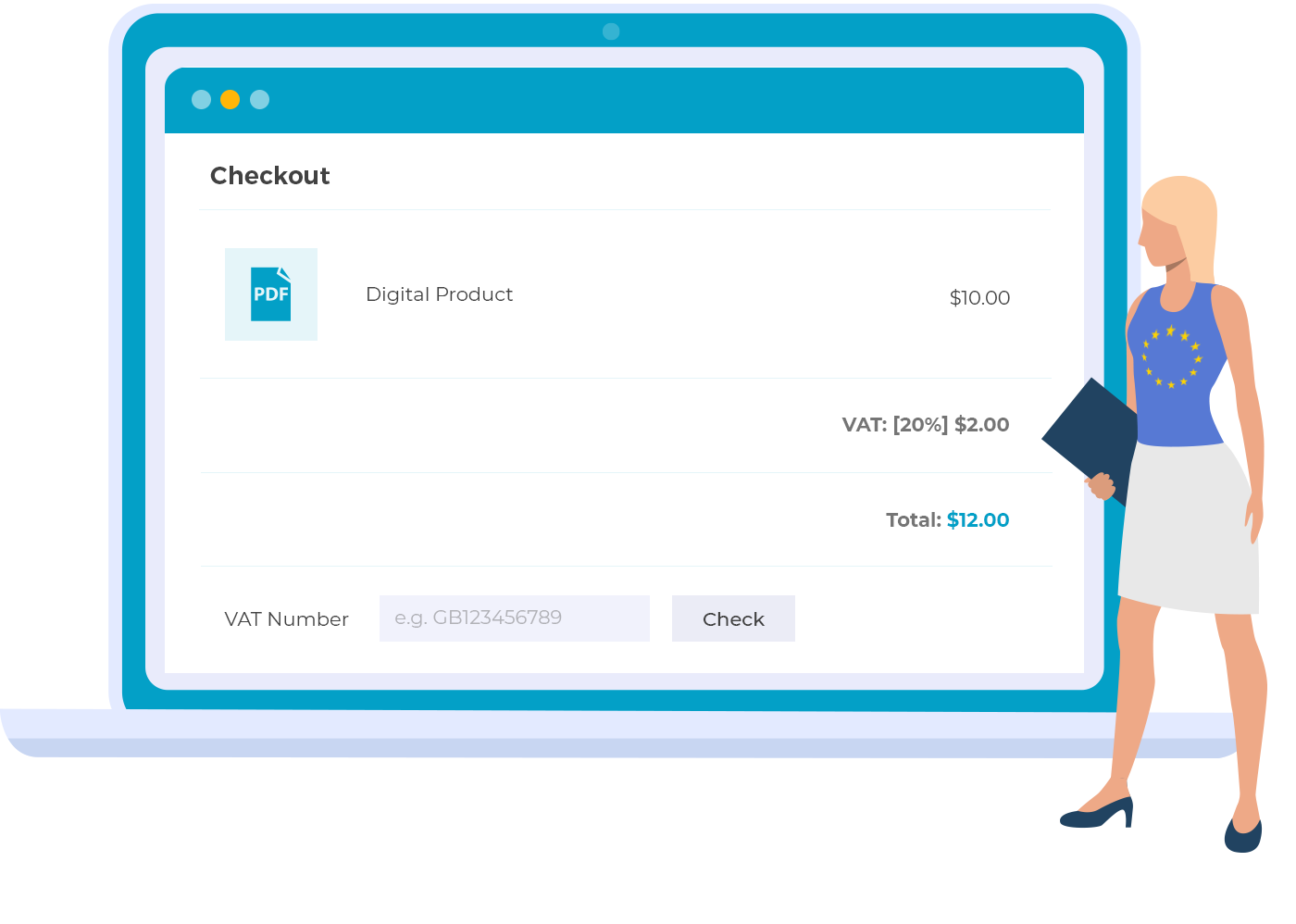
We've built the Easy Digital Downloads EU VAT plugin as the solution for all EDD stores who need to comply with European VAT law. This easy-to-use plugin will work straight out of the box, and comes with everything you need.
How it works
The Easy Digital Downloads EU VAT plugin is designed for any WordPress site that uses Easy Digital Downloads. It works like this:
- Charges the correct VAT to EU customers When the customer selects their country on the EDD checkout, the correct VAT is charged. If you have set the tax rate for each EU country in the Easy Digital Downloads settings then this is used; otherwise it will use the EU tax rates built into the plugin. This ensures that the customer is always charged the correct rate, regardless of their location.
- Removes the VAT for registered EU businesses The plugin adds a VAT number field to the Easy Digital Downloads checkout, which only appears for customers in EU countries. VAT-registered EU companies can enter their VAT number. The number is checked against the official VIES VAT register, and if it is valid then no VAT is charged on the sale.
- Collates customer location evidence It also adds a 'VAT Details' section to the payment screen in Easy Digital Downloads, so that the store owner can quickly check the evidence that was used for the VAT calculations. You can also export this evidence if you are ever audited.
- Provides legally valid tax receipts Converts the EDD purchase details screen into a full tax receipt with all the required information, and adds merge tags so that you can use the 'Purchase Receipt' email as a tax receipt too. If you're using the PDF Invoices extension then it adds extra information to this too.
- Easy VAT reporting Adds an EU VAT report to the Exports page in Easy Digital Downloads. You can use this to export all the data you need for your quarterly MOSS VAT returns.
The plugin builds on the features that are already built into Easy Digital Downloads to create complete solution to European VAT. Its in-depth documentation covers everything you need to manage EU VAT in Easy Digital Downloads, including:
- How to provide legally valid VAT invoices to customers.
- How you can export the EU VAT collected for your accounting software and quarterly tax returns.
- Where to find the legally required pieces of evidence about each customers' location.
- Further advice on how to make sure your company complies with EU VAT legislation.
Step-by-step - How to make your EDD store compliant with EU VAT
It's surprisingly easy to make your Easy Digital Downloads store meet EU VAT law. To comply, simply follow this two-step process:
1. Register for EU VAT
Since you'll be collecting EU VAT from consumers in EU states who buy your products, you need to be registered with a tax authority in the EU. You can either register for VAT in each EU country where you make sales, or register for Mini-One-Stop-Shop (MOSS).
MOSS is a centralized VAT scheme that enables you to submit a quarterly single tax return and make a single payment to cover the entire EU. Your online tax return will declare all the EU VAT you have collected, and you will then make a single payment which the MOSS service will then distribute to the relevant EU member states on your behalf.
Needless to say, nearly all companies running Easy Digital Downloads are better off registering for MOSS! It's free, and will save you a ton of time and paperwork.
How to register for MOSS
- Union Scheme If your company is based in the EU, or has any establishments (e.g. an office) in an EU country, then you should register for MOSS with your local tax authority (for example, UK companies apply to MOSS via HMRC, which handles UK tax).
- Non-Union Scheme Non-EU companies can choose to register for VAT with the tax authority for any EU member state. For English speaking companies, the Republic of Ireland is usually a good option because there's no language barrier and they have a good online system.
How to register for UK VAT
In addition to MOSS, you will need to register for UK VAT. This is because the UK has now left the EU, and is no longer part of the MOSS scheme - but non-UK companies must still charge UK tax to customers in the UK.
2. Set up the EDD EU VAT plugin (in 2 minutes!)
Now you're registered to start collecting EU VAT, it's time to add the necessary features to your Easy Digital Downloads store:
- Get the Easy Digital Downloads EU VAT plugin.
- Install the plugin on your WordPress website.
How much VAT to charge
Each EU country is free to choose its own rate of VAT. As a result, your EU VAT-compliant Easy Digital Downloads store must charge the correct tax rate to consumers in each EU country.
Fortunately, the Easy Digital Download EU VAT plugin makes this easy. It comes complete with the correct standard VAT rate for each EU country, and we'll regularly release updates whenever any of the rates change.
When you install the plugin, the current standard VAT rate will be charged to customers in each EU member state. You can override these rates in the general Easy Digital Downloads settings under Downloads → Settings → Taxes. For example, you might want to do this if you're selling products that allow you to charge a reduced rate, or if you have any other reason for not charging the standard VAT rate. This gives you complete flexibility over the tax rates.
VAT receipts and invoices
Easy Digital Download EU VAT integrates seamlessly with the payment receipt that comes with Easy Digital Downloads, EDD email, and the PDF invoice plugin. This gives you several options for providing EU customers with VAT receipts that they can use for accounting and tax purposes:
Order confirmation and customer account page
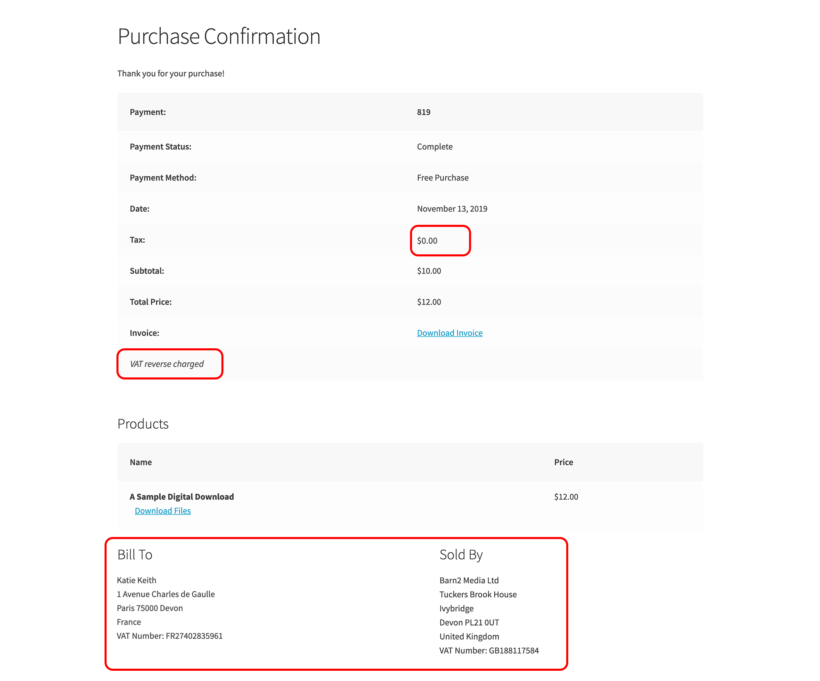
Logged in customers can access the Easy Digital Downloads Account page and view tax information for their orders. This is available by clicking the 'View Details and Downloads' link alongside any order. They all see this information on the confirmation page which loads as soon as they complete their order in Easy Digital Downloads.
The Easy Digital Download EU VAT plugin extends the EDD order confirmation and payment details pages to include all the information that is required by EU VAT law. This means that if you don't use any invoice plugins on your Easy Digital Downloads store, your customers can use this as their tax invoice.
Showing EU VAT in the EDD payment receipt email
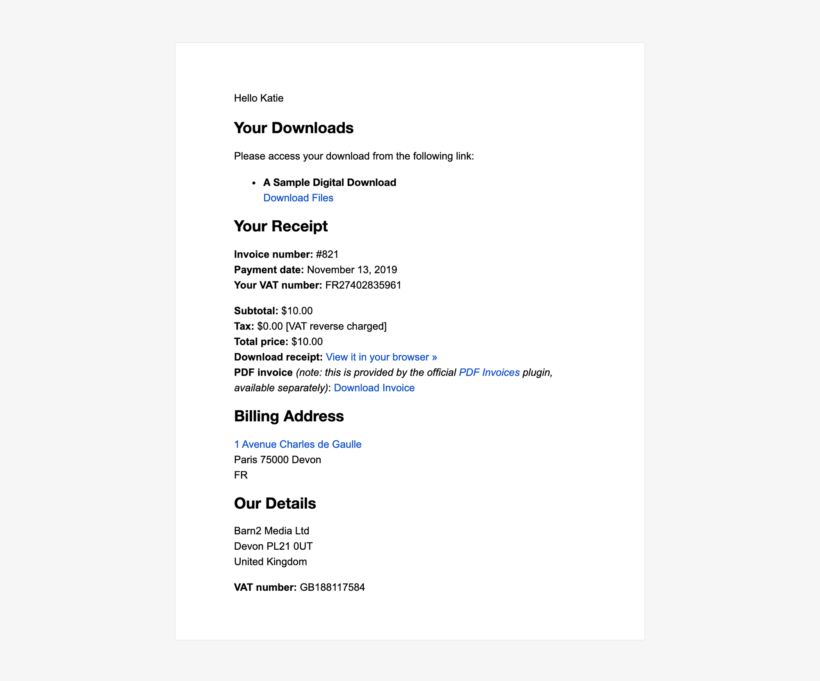
Easy Digital Downloads sends a payment receipt to each customer after purchase. You can manage this via Downloads → Settings → Emails → Purchase Receipts.
The Easy Digital Downloads EU VAT plugin comes with merge tags that you can use to add the required tax information to this email.
Alternatively, if you're using the Per Product Emails EDD extension to send a different email for each product (as we do for sending personalised setup information for our WordPress plugins), then you can add these merge tags and manage the emails under Downloads → Per Product Emails.
Either way, you can add payment and tax information to the EDD payment receipt email using the built-in email merge tags. Mix and match them to create the perfect email receipt.
Attach a PDF Invoice to the EDD order confirmation email
As well as allowing customers to generate PDF invoices from the Account page, it comes with a merge tag that you can use to add a 'Download Invoice' link to your customer emails.
We use this plugin on the Barn2 site, and find that it's the easiest way to provide tax information. Customers can download their EU VAT invoice directly from the order email receipt. This is more convenient than having to log into their account and download it from there. It also saves them having to contact us to request a tax invoice.
Store your invoices for 5 years
EU law states that you must store your VAT invoices for a minimum of 5 years. Since you use Easy Digital Downloads, this is taken care of automatically. The invoices will remain available for you to download for as long as you continue using EDD.
Storing evidence of your customers' location
As we saw earlier, you're required to collect 2 pieces of evidence to confirm which country each of your customers are in. You have to store this for 10 years.
Again, the good news is that this is all handled for you! The Easy Digital Downloads EU VAT plugin collates all the customer location evidence and stores it in a single location, making it easy for you to find. When you install the plugin, you'll see a 'VAT Details' section on the screen for each payment in your store:
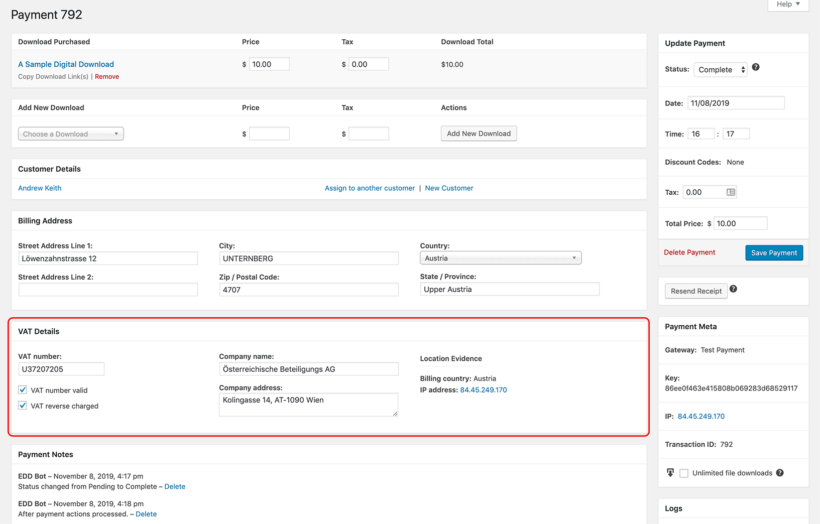
This displays:
- Evidence 1 - Customer billing address Easy Digital Downloads stores the customer's billing address, which is entered on the checkout page.
- Evidence 2 - Customer IP address Easy Digital Downloads collects the customer's IP address and stores it in the WordPress database. You can click on this in the 'VAT Details' section to see which country the IP address relates to.
Additional evidence
Most Easy Digital Downloads sites store additional evidence of the customer's location too. For example, your payment processor (e.g. Stripe or PayPal) might collect their own information, such as IP address, country code, and bank location. Each of these can count as additional pieces of evidence.
As an EDD store owner, you should look at all the evidence that is collected. Make sure that you have the correct amount of non-contradictory evidence to confirm your customers' locations. Remember - the more evidence, the better!
So long as you keep your Easy Digital Downloads store online, this evidence will always be available for you to access and report on.
How to report on customer location data
Easy Digital Downloads comes pre-built with an export facility, which you can use to download reports continuing your customer location evidence. For example, you might need to do this if you are ever audited by the tax authorities:
- In the WordPress admin, go to Downloads > Reports > Export.
- Use the 'Export Payment History' tool to download all the payment records for the period you wish to report on.
- This will download a CSV file to your computer.
- Use any spreadsheet software such as Excel, Numbers or Google Sheets to edit the CSV file:
- Simplify the spreadsheet by deleting any columns you don't need.
- Find the Tax and Country columns and sort by them as required.
EU law states that the location data for each customer must be "non-contradictory". This means that both records of the customer's country should match. Normally, the records will match but there are occasions where this may not happen. For example, if the customer buys while they're abroad on holiday, then their IP address won't match their billing address country.
I recommend that you create a process to check the reports periodically. If you ever discover records that don't match, then you should contact the customer. Ask them to resolve the discrepancy between the two pieces of information. (More advice on this here.)
How to send quarterly EU VAT returns
Once your EDD store is up and running with the Easy Digital Downloads EU VAT plugin, you can sit back and relax until it's time to file your first EU VAT return.
Tax return deadlines
You must submit a EU VAT tax return and make a payment by:
- Q1 - 20 April - covers the first quarter ending 31 March
- Q2 - 20 July - covers the second quarter ending 30 June
- Q3 - 20 October - covers the third quarter ending 30 September
- Q4 - 20 January - covers the fourth quarter ending 31 December
Most EU tax authorities will email you shortly before the deadline, but I also recommend setting a reminder to make sure you don't forget!
Where to get the information
There are several ways to get the information for your quarterly MOSS return. The simplest is to use the EU tax report that comes with the Easy Digital Downloads EU VAT plugin. This lets you export details of all the EU tax collected during a specific period, divided by country.

The report exactly matches the data you need to provide for your MOSS tax return, making it as easy as possible for you.
Alternatively, if you use an online accounting system such as Xero, QuickBooks or Sage, then the accounting system can generate and submit your MOSS returns at the click of a button. First, you need to get the data into your accounting system. You can either export your sales from Easy Digital Downloads and then import them to your accounting system, or you can integrate your accounting system with EDD to import the data automatically.
Submitting the tax return
Log into the online system for whichever tax authority you registered for VAT with. For example, if you registered for MOSS in the Republic of Ireland then you should log into their online system.
The exact process depends on the country. Find the link to submit a MOSS VAT return, and follow the online instructions.
Making a payment
After submitting the MOSS return, you'll see the total amount of tax owed on the final page. You'll probably receive an email too. There will be instructions on how to make the payment, so use these to send the money.
At Barn2, we pay our EU VAT by making a bank transfer to the MOSS bank account. MOSS then distributes this to all the EU countries that we collected tax for. This is normally over 20 different countries, so the single payment saves us a lot of time!
What if I don't collect any EU VAT one quarter?
You must submit a tax return even if you didn't collect any EU VAT that quarter. When you create a MOSS return in the online reporting system, you'll see a tick box. Use this to confirm whether or not you made any taxable sales to EU countries in the previous quarter. If you didn't collect any VAT during that period, simply declare this and submit the return.
Where to get the plugin
The Easy Digital Downloads EU VAT plugin is available on our website. Get it today and start meeting European tax rules - the easy way!
